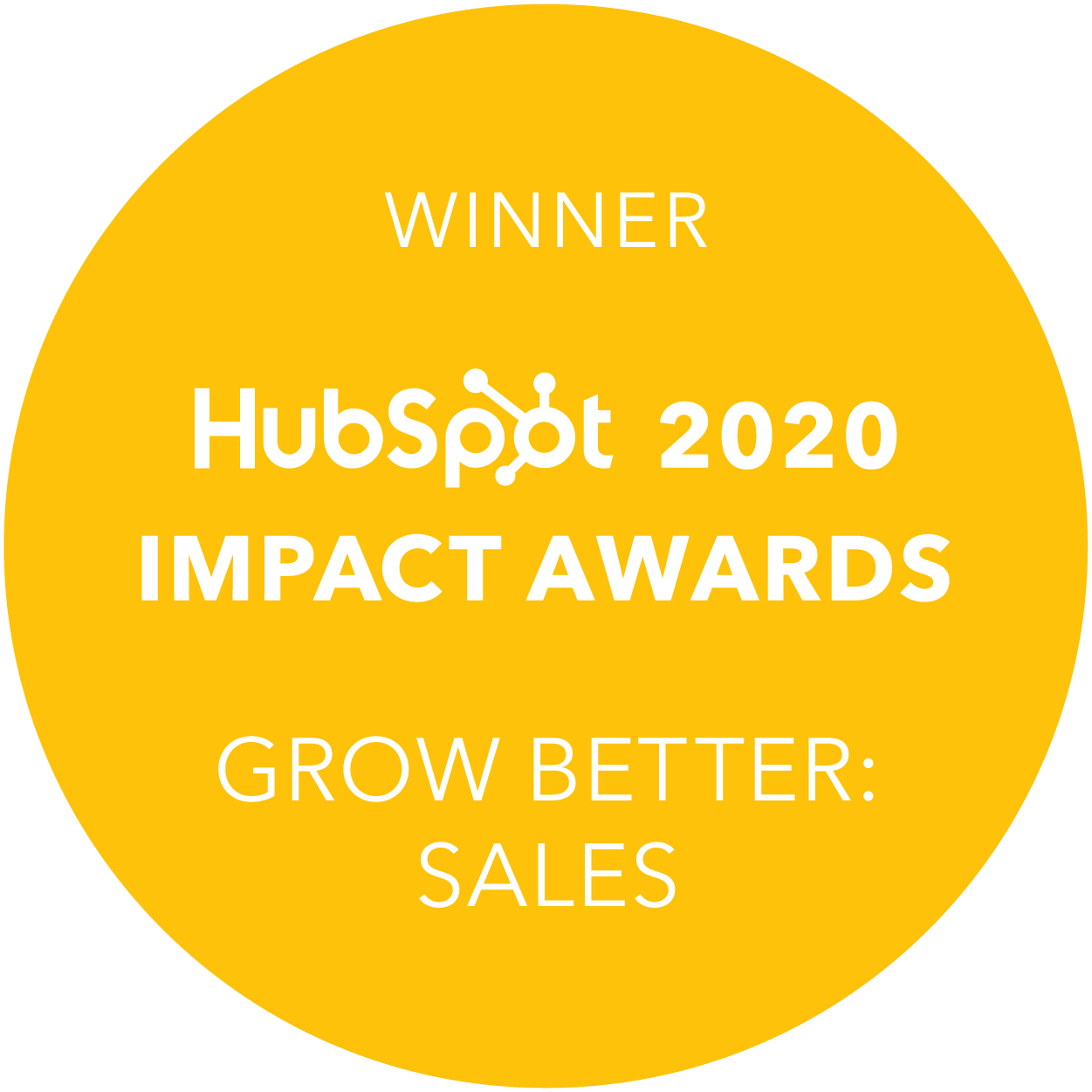9 out of 10 startups will fail. It’s a hard statistic to digest and one that will leave you pondering whether all this is worth the effort. Never before has there been a harder time to get noticed amongst the competition.
With digital distraction at its peak, buyers are overwhelmed with choices. Empowered and independent, today their attention ultimately lies with businesses that can effectively position the value of their product/service in the right place, at the right time and for the right segment.
The good news is that market saturation on this scale has created a demand for a new kind of business; one that is focused on helping its customers, not selling - a strategy that aims to make the customers’ research pleasant and painless in an effort to help them overcome their challenges online. With word of mouth marketing and customer loyalty the two biggest growth drivers for a business today, it’s time to accept that helping is the new selling.
We call this helpful marketing approach inbound marketing. It’s a cost effective way to grow your business and it’s designed with longevity in mind. It’s about consistent engagement leading to continued growth, not limited quick wins.
Now here’s the really good news! Tech companies like yours have a competitive advantage with inbound marketing. Not only does creating quality content favour the needs of tech-savvy buyers, who prefer to conduct their research online, continual lead nurturing also presents an opportunity for tech companies to educate top of the funnel prospects about niche product/service offerings. This is incredibly important for tech companies, which naturally have innovation at the core of their business model and disruption at the top of their agenda.
So let’s take a look at how you can implement an effective inbound marketing strategy and generate a steady stream of red-hot leads for your startup.
Define your ideal customer(s)
 You can’t be everything to everyone, but you can be something great for someone. Often the biggest mistake tech startups make is trying to appeal to as many people as possible. In truth, the priority is to serve the minority whom actually need your product/service in the best way possible.
You can’t be everything to everyone, but you can be something great for someone. Often the biggest mistake tech startups make is trying to appeal to as many people as possible. In truth, the priority is to serve the minority whom actually need your product/service in the best way possible.
According to Neil Patel, the 10% of successful startups all have one thing in common; they invest in finding out exactly who wants their product. This means, they've spent time and resources researching the competition, interviewing target customers and validating their idea and message through PPC or other means.
Now it's your turn to get really clear on your buyer personas - who is looking for your company’s services, what are their challenges/goals and how are they looking to overcome them? Ask yourself, "which two definitive problems can I solve for my customers and why is it unique/compelling?". Then gather market research and collect real data from your existing customers to find out what makes them tick.
Once you start focusing your efforts towards tailoring content around your ideal buyers’ pain points you will gradually increase your chances of being discovered organically. The more you help your target segment overcome their challenges, the more you are able to educate them about your product/service and subsequently nurture them through the customer journey. It’s an essential way of spreading brand awareness and positioning your business as the go-to, trustworthy source.
Meet customers on their terms
Your buyers’ propensity to purchase is far higher when you greet them on their terms. We all know how it feels awkwardly trying to avoid someone randomly handing us a flyer. It’s a tactic that pretty much fails on all counts; wrong place, wrong time and wrong target customer. Conversely, inbound marketing provides multiple points for visitors to enter your site on THEIR terms.
When creating content for each stage of the buyer's journey it’s important to consider all the three stages of the buying cycle; awareness, consideration, decision and optimise content for the appropriate audience.

For example, if you owned a SaaS startup, a prospect at the awareness stage would benefit from one of your blogs that sufficiently answers their research query. Once you have attracted the right people to your site, your next goal is to convert them or incite them to share their contact information which you can use as part of the nurturing process. A simple sign up call-to-action on your blog will entice people who already like what you’re doing to start receiving your content on a regular basis. When they do, you can hit them with an email offering a free trial of your product/service and nudge them further along in the customer journey. By creating touch points at every stage of the customer journey, you make it easy for your buyers to access their desired content quickly, and increase the chance of conversions.
Execute a strategy in accordance with your business goals

Inbound marketing is a marathon not a sprint. Each decision you make should be executed with the future in mind. Start by thinking about what you are trying to achieve long-term. If, for example, your goal is to get more traffic coming to your website, creating blogs around particular keywords that your buyers are searching for will ensure you’re content gets discovered organically by your ideal buyers. If however, you have a lot of traffic coming to your site, but not enough are converting, this suggests that your content is geared towards quantity not quality and therefore, you’re not sufficiently helping your ideal buyers overcome their challenges. In that case, it’s time to revisit your buyer personas and research exactly what challenges your product/service can solve for your customers. Ultimately, each tactic you deploy should move you closer to your end goal.
For an industry as volatile and disruptive as the technology sector, testing and tweaking your strategy as you go is key to survival. Review which tactics are having the biggest impact on your specified metrics and keep a watchful eye over how these metrics align with your high-level business goals.

.png?width=200&height=67&name=RevM%20Digital%20Marketing%20Agency%20Woking%20Surrey%20(1).png)







